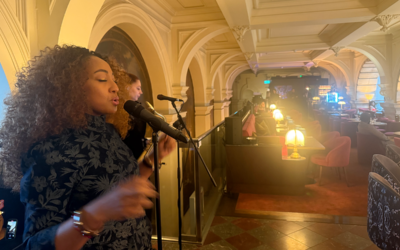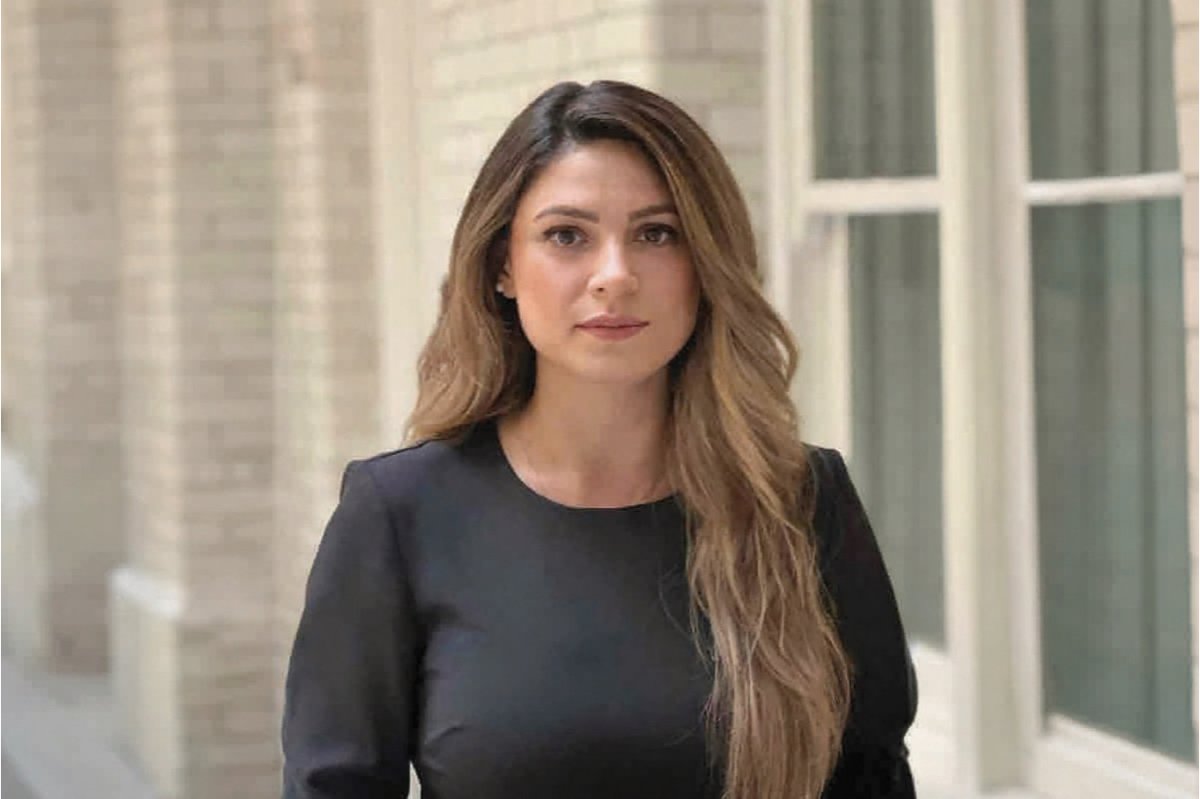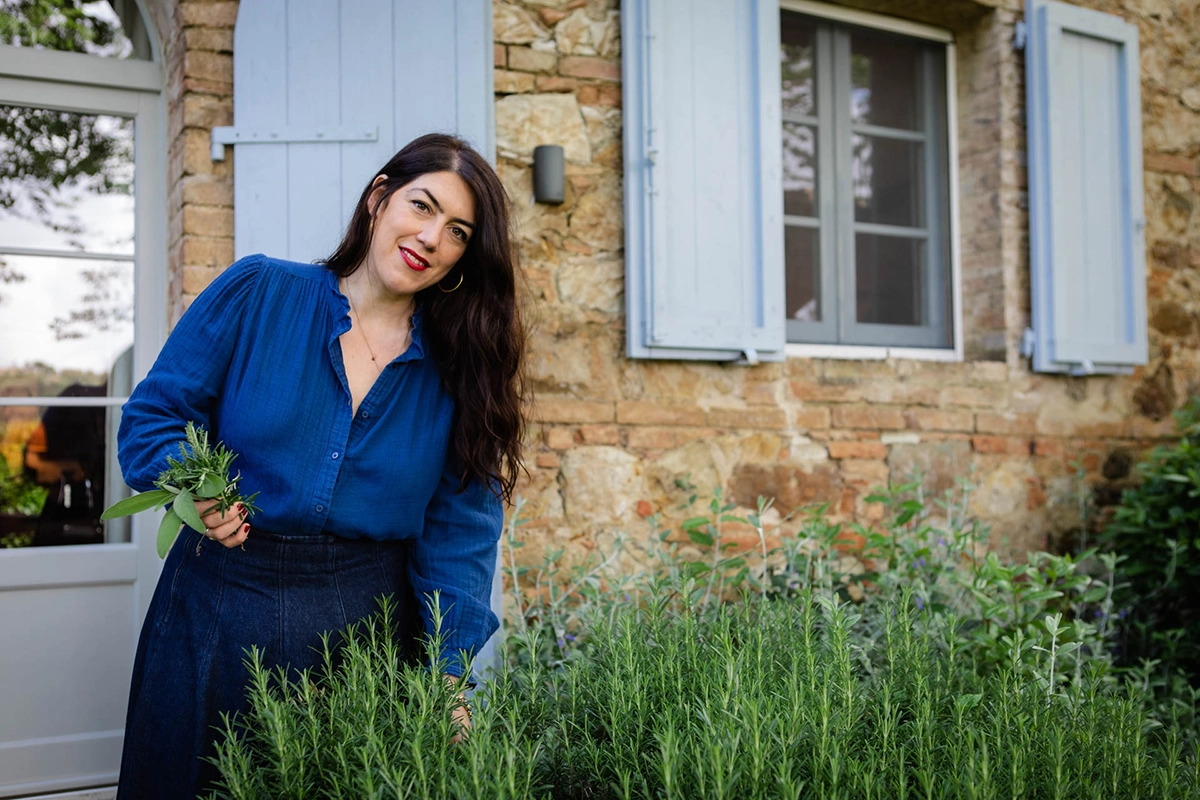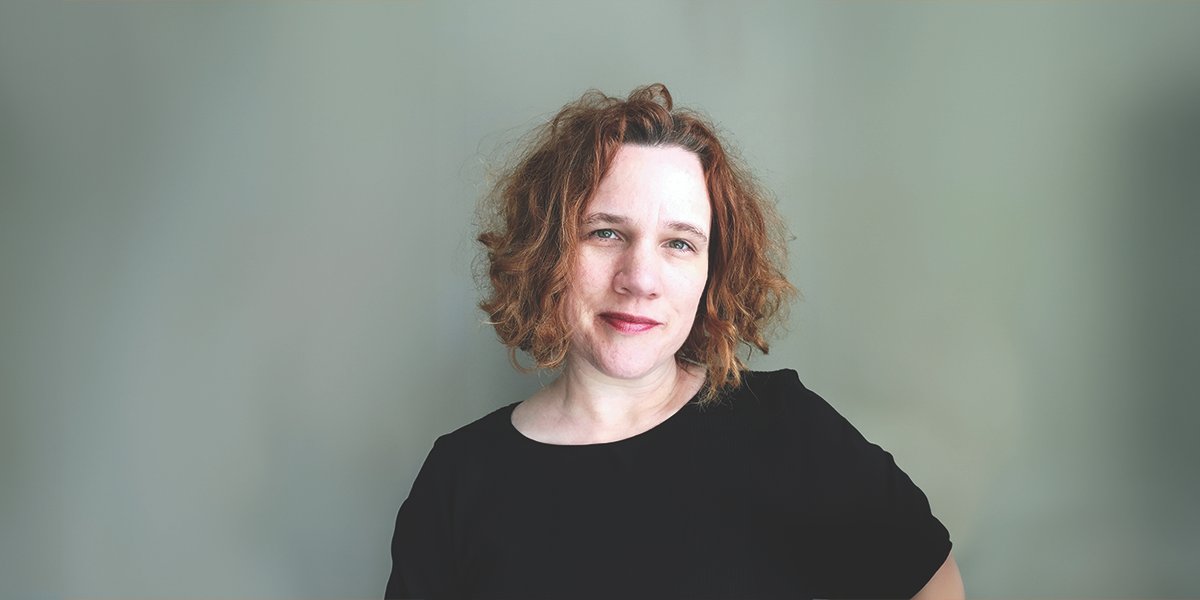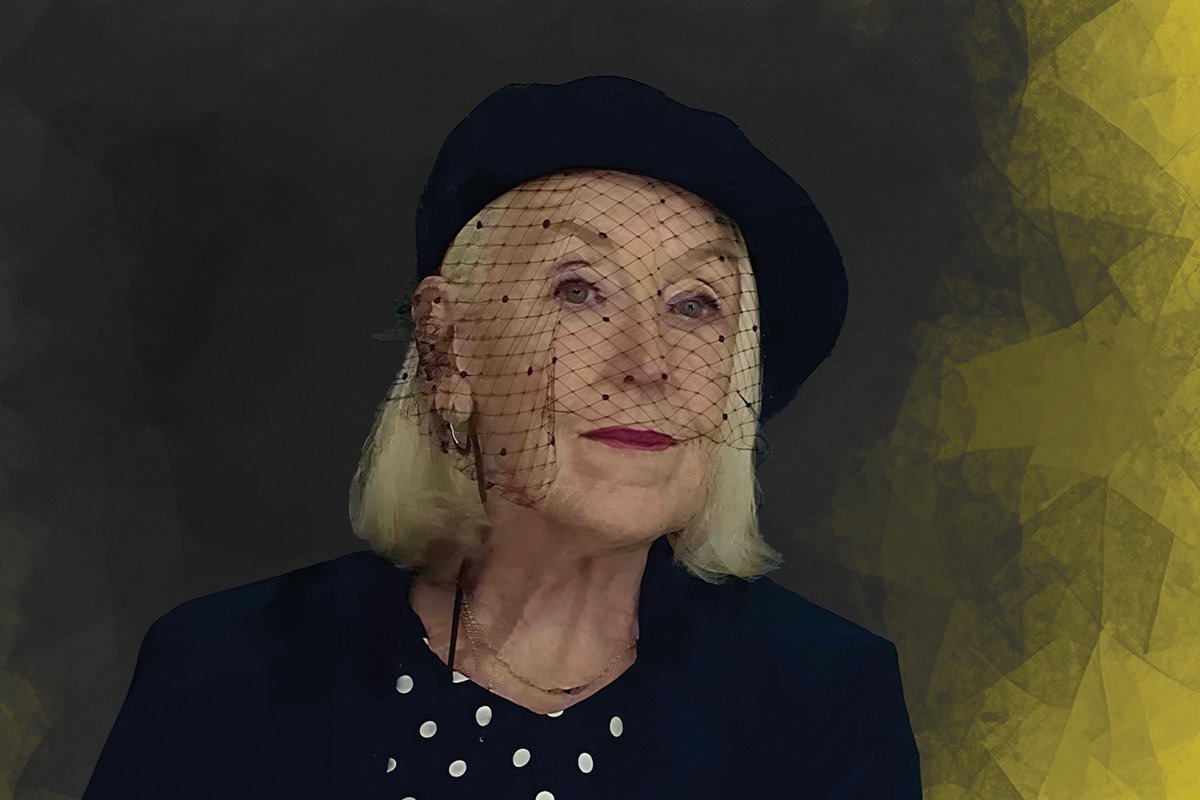Massimiliano Pironti – Illuminating Human Souls
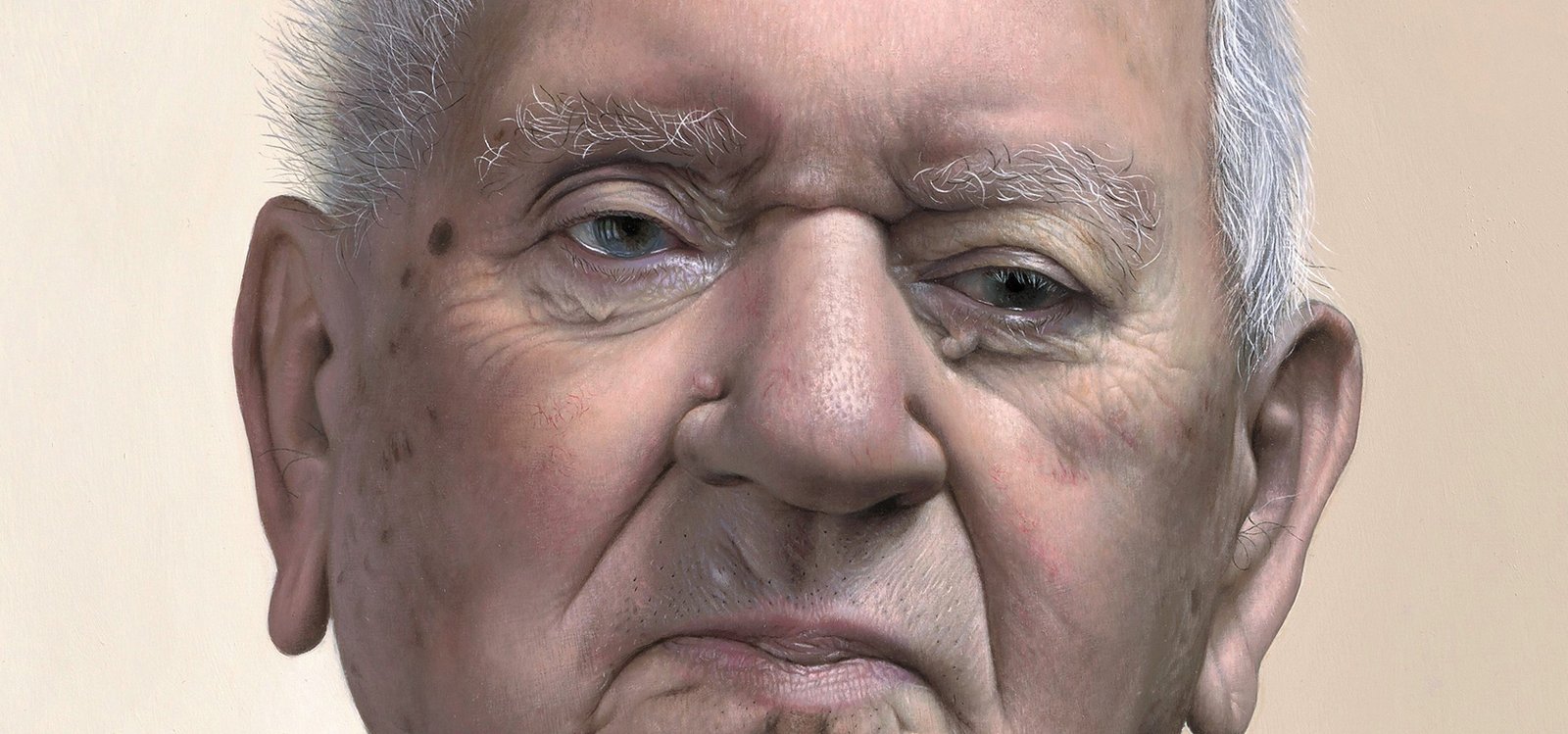 01
01
The Italian artist reveals the emotional depths behind his detailed, soul-stirring portraits
Massimiliano Pironti discusses his artistic journey, blending theatrical performance with detailed portraiture, his signature use of aluminum, and his recent works, including commissions by King Charles III.
Massimiliano Pironti’s journey as an artist is a testament to the power of passion, perseverance, and versatility. Known for his evocative portraits and human figures, Pironti’s attention to detail and deep emotional insight have garnered him international acclaim, from winning the BP Portrait Award to being commissioned by King Charles III for the powerful “Seven Portraits: Surviving the Holocaust” project. His works, often painted on aluminum, capture the delicate balance between realism and profound emotional expression, making them stand out in exhibitions across Europe.
This interview with Pironti, conducted by Mosaic Digest Magazine, offers a fascinating insight into the mind of an artist who blends fine art and performance with an almost obsessive dedication to detail. The author’s thoughtful and engaging questions guide Pironti through his creative process, revealing his inspirations and unique artistic techniques. Through this conversation, readers will gain a deeper understanding of both the artist and the emotional depth of his stunning, lifelike works.
Your work draws inspiration from Renaissance masters, yet you paint almost exclusively on aluminum. How did you discover this medium, and what about aluminum complements your detailed style of portraiture?
Aluminium fascinates me because of its natural brightness and is certainly a material which lends itself perfectly to my painting technique, which includes many minute details, textures and hues, and therefore requires a totally smooth surface. I discovered it years ago in some contemporary exhibitions.
You have mentioned that you are “obsessed by the details” in your portraits. Can you explain how this meticulous approach influences the emotional depth and realism of the people you paint?
I love the details. I try to find the truth through them. It means for me to get as close as possible to reality, my reality, and have the illusion that what I am creating can at some point take life and reveal a soul.
Your painting “Quo vadis?” has been included in the permanent collection of the Kunstmuseum in Stuttgart. Can you share the meaning behind this work and what it symbolizes for you?
The portrait is intended as a reflection upon the mystery of life. Grandma Vincenza lived each day as if it was her last and often told me: “you’ll see that tomorrow, I’ll be gone.”
Quo vadis? (where are you going?) is the question that the portrait puts to the beholder. A question which I ask myself very often. Where are we going?
Above her there is a window half open, connecting her to the outside world, a connection that could also be interpreted in a more spiritual sense. On her legs, her inseparable hot water bottle, an allegorical symbol of vanitas, representing an ephemeral moment of passing time. The water that now warms her hands sooner or later will cool, which, like life, comes and goes.
In 2021, you were commissioned by King Charles III to create a portrait for the project “Seven Portraits: Surviving the Holocaust.” How did you approach this profound subject matter, and what did it mean for you personally and artistically?
My first real “encounter” with Arek Hersh was whilst I was reading his book. It is a story which affected me profoundly, which literally took my breath away and left me speechless. What most moved me was how he managed to hold on for dear life to love, to life, to the irrational, with all his might, and thus managed to survive, despite the fact that he had lost everything.
The opportunity I have been given in painting the portrait of Arek Hersh has given me the chance for growth, both from a technical point of view as well as from a reflective one, not to mention the honour of meeting Arek. His story touches emotive chords linked to a past which in some way affects and links us all. A past which seems impossible and far away but which must never be forgotten.
This portrait, for the very first time in my experience as an artist, has developed virtually because of the pandemic and was concluded after months of virtual meetings during the beautiful face to face meetings in England. The portrait has become part of the Royal Collection and I’m truly honored about that.
In addition to your visual art, you have also had a successful career as a performer. How do your experiences in theater and performance influence your approach to portrait painting, if at all?
There has always been a connection between painting and theatre. They are just different ways of creating a character, a subject, and trying to find the truth in it. In my portraits you can also see a kind of “stage” where the subjects are presented and highlighted, and very often they are also dancers or ex colleges.
Having gained international recognition, including the BP Portrait Award and participation in high-profile exhibitions, what do you see as the next evolution in your artistic career? What new themes or subjects do you hope to explore in the future?
At the moment I am still interested in exploring the human figure which remains in my opinion the most interesting and complex life form in life. I like the idea of bringing the human being back to the center of everything, especially in this moment where we really need to rediscover our values. At the same time actually I am also trying to explore and experiment different situations and compositions, still keeping my style but interpreting and sometimes emphasizing reality.

